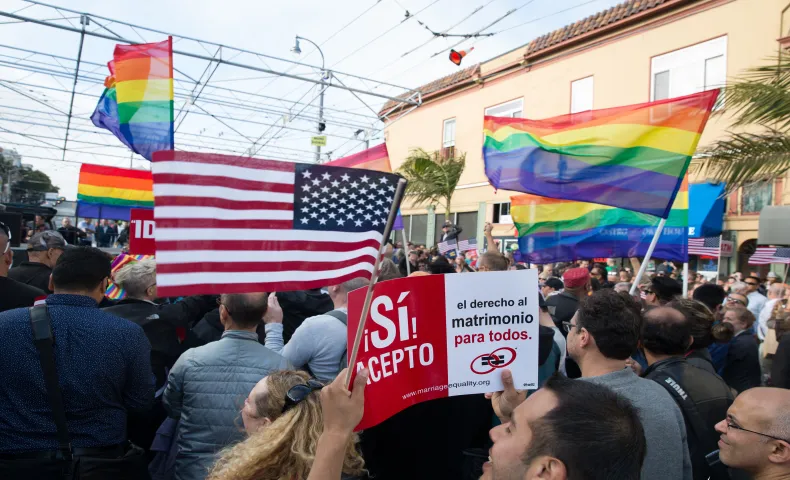 © Charlotte Fiorito
© Charlotte Fiorito
Where Immigrant and LGBT Rights Meet
This blog was originally published on the GCIR website, here.
Tell us about how immigrant and refugee issues fit into the mission of your foundation.
Our immigration work is rooted in our founders’ respect for the immigrants they saw working to make a better life, and propelled by the ambition of fair and equitable treatment for all people.
Following the Supreme Court’s recent recognition of same-sex marriage rights, what are the most urgent needs for LGBT immigrants and refugees?
The Supreme Court’s decision does not address the most urgent needs of LGBT immigrants, which include ostracism; violence and discrimination within their own communities and by our larger society; and horrible abuse when caught up in the immigration detention system.
What are the challenges and opportunities for grantmakers in this space?
Organizations that focus on LGBT immigrant issues are small and under-resourced, but amazingly effective. In other words, small investments produce a big return. Unfortunately, many funders won’t even consider them, saying “we don’t support ‘gay rights.’” Funders obviously don’t apply a similar lens to groups in other communities doing immigrant rights work.
What lessons can the immigration movement take from the successful battle for marriage equality?
Marriage equality moved as quickly as it did because the key LGBT organizations developed a shared, long-term vision and then they—and funders—aligned their work behind a plan and a campaign to achieve that vision. Because immigration reform is significantly more complicated than marriage, it’s much harder to do the same thing. That said, I think we should try.
How about sharing a pearl of grantmaking wisdom?
Marriage equality funders started out making a lot of small grants in a large number of states. We eventually learned that the way to go was larger grants in fewer places.
Parting thoughts?
While we’ve come a long way, we need to do a lot more to help people of good will resolve their internal conflict between wanting to do the right thing and their non-rational/visceral fears and concerns about immigration and immigrants.
